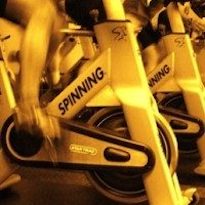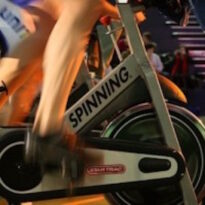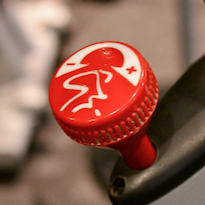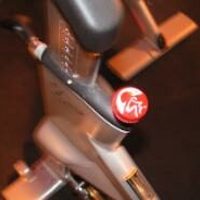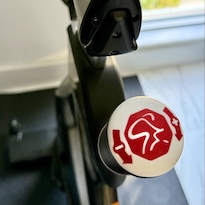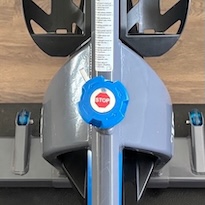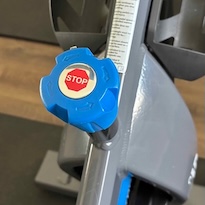How to Develop a Faster Cadence, Part 5: Three Video Tips for Quicker Pedaling
In Part 5 of our cadence series, Jennifer shares three final high-cadence tips on video—including a technique borrowed from skiing that may unlock higher leg speed, a reminder about neuromuscular adaptation, and guidance on when (and if) you should stand at fast cadences. This short video will help you troubleshoot the most common barriers to pedaling quickly and smoothly.Read more…

